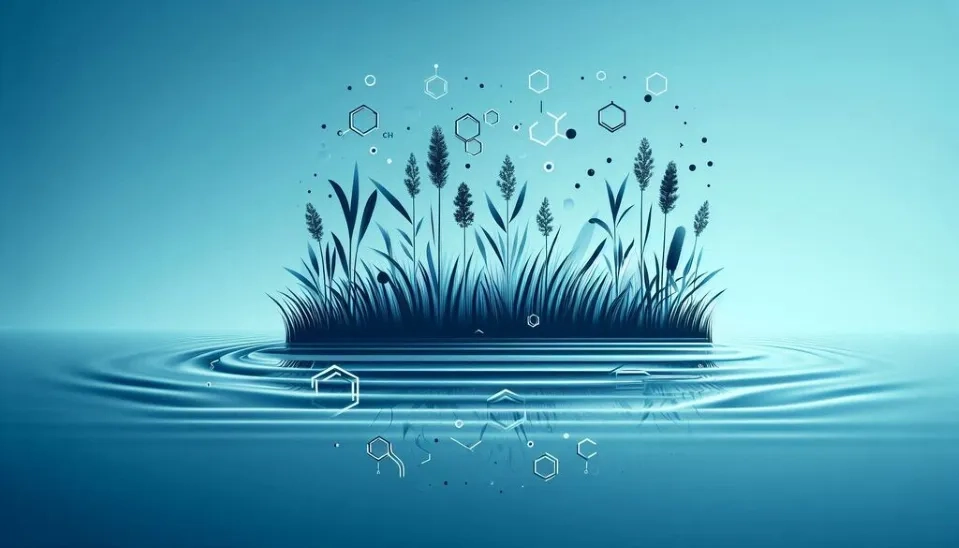
Although wetlands only cover 4-6% of the earth’s land surface, it is estimated that they account for 20-30% of total terrestrial carbon storage in soils. Wetlands provide important ecosystem services, including water quality improvement, coastal protection, flood mitigation, wildlife preservation, and more (Badiou et al., 2011; Mitra et al., 2005). Carbon sequestration is one of the most important services that wetlands provide. Due to their anoxic wet condition, wetlands are optimum natural environments for carbon sequestration and are perfect for storing carbon from the atmosphere (Mitsch et al., 2013). However, they are at risk of destruction due to human activities and climate change, and their carbon sequestration potential is decreasing. For example, in the USA, it was found that more than 50% of the historical wetlands have been lost, leading to carbon transferring from the soil to the atmosphere (Nahlik and Fennessy, 2016). Policymakers and landscape managers should address the role of wetlands as climate regulators and prioritize their conservation and restoration for climate change mitigation and adaptation. This article highlights the need to protect wetlands globally and provides a comprehensive review of wetland carbon sequestration.
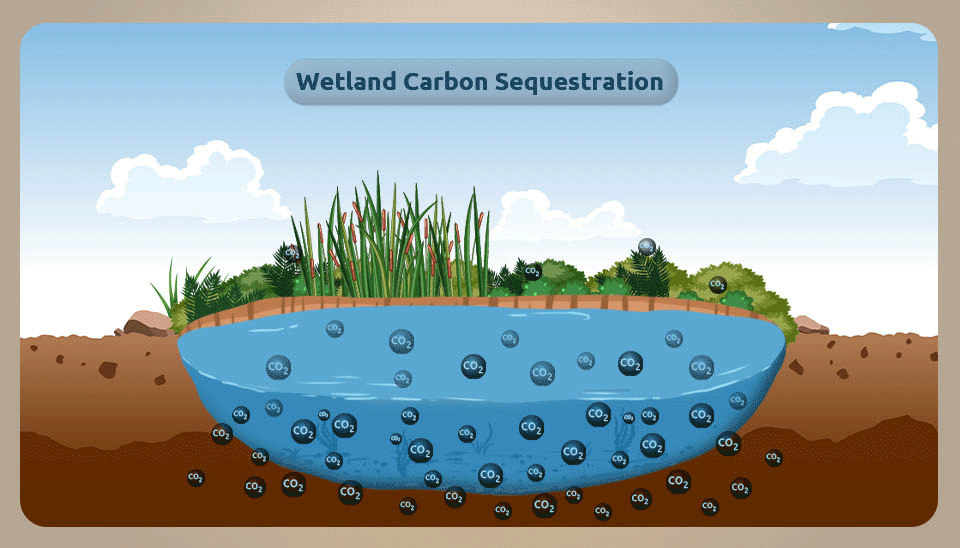
1. Wetlands and their Role in Climate Change Mitigation
Carbon sequestration is one of the services provided by wetlands that have received attention in recent years in the climate scenario since studies have shown that wetlands play a vital role in the radiative balance of the atmosphere (Roulet et al., 2007; Sjögersten et al., 2014). This has resulted in the implementation of policies and approaches to integrate wetland carbon sequestration into climate change mitigation strategies (Lovelock and McAllister, 2013). Through photosynthetic capture of atmospheric CO2, wetlands can build up biomass and sequester it in the long term. This allows them to function as greenhouse gas sinks, leading to the reduction of the radiative balance of the atmosphere. Depending on the wetland’s hydrogeomorphic type and landscape position, the role that wetlands play as carbon sinks could vary. Their carbon sink capacity also depends on the net balance of their carbon fluxes (Villa and Bernal, 2017).
According to the Millennium Ecosystem Assessment (MEA) Report, wetlands are not only fundamental ecosystems to fight global climate change through carbon sequestration but also offer services that help climate change adaptation. Furthermore, wetlands sequester atmospheric CO2 at no additional cost, which makes them a better alternative to other options. In fact, carbon sequestration by wetlands has shown to be one of the most important, cost-effective, and efficient options in recent years to fight climate change (Adhikari et al., 2009; Yu et al. 2012; Were et al., 2019).
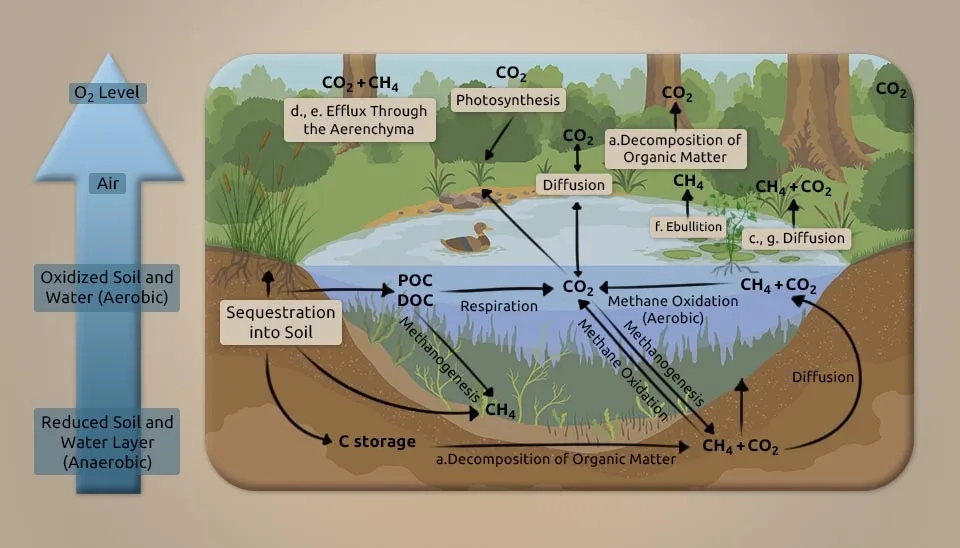
2. Measuring Carbon Sequestration in Wetlands
Carbon sequestration by wetlands is typically determined and defined as the result of Bulk Density (BD), Carbon Concentration in the soil (CC), and Accretion Rate (AR):
Carbon Sequestration [M L-2T-1] = BD [M L-3] × CC [M M-1] × AR [LT-1]
Bulk density is determined by dividing the dry weight of undisturbed soil cores with known dimensions. Soil carbon concentration is also calculated using wet oxidation or dry combustion methods (Villa and Bernal, 2017).
3. Carbon Sequestration Process in Wetlands
Wetland carbon sequestration refers to the process where carbon dioxide taken from the atmosphere transfers into the wetland’s soil carbon pool as soil organic matter (SOM). Its carbon then will sequester over time as a result of the balance between carbon inputs and outputs. Inputs are constituted mainly by carbon contained in organic matter (OM) from senesced vegetation near the wetland and carbon dissolved in flowing waters and runoff. Carbon output includes dissolved and suspended organic carbon in outflowing waters, but the main sources are the inorganic forms emitted as CO2 and CH4 through the mineralization of OM during decomposition (Villa and Bernal, 2017).
4. Concept of Carbon Sequestration by Wetlands
Carbon sequestration in wetlands refers to the capture of atmospheric CO2, CH4, and other carbon forms, namely Particulate Organic Carbon (POC), Particulate Inorganic Carbon (PIC), Dissolved Organic Carbon (DOC), and Dissolved Inorganic Carbon (DIC) from the atmosphere and its long-term storage in the wetlands’ soil carbon pool as an organic matter with minimal chances of being released back into the atmosphere. There are still some doubts about how long the stored carbon stays in the wetlands, but some studies show that undisturbed wetlands can store wetlands for at least hundreds of years (Ezcurra et al., 2016; Kurnianto et al., 2015; Mitra et al., 2005).
Most wetland plants use atmospheric CO2 as their main carbon source, and compared to terrestrial plants, they have high rates of gross primary production. For this reason, wetland plants have a high assimilation capacity for CO2 . Understanding the carbon sequestration potential of wetlands at both global and local scales helps managers better account for the contribution of wetlands in offsetting and balancing carbon emissions into the atmosphere. Any effort to improve wetland carbon sequestration should target two essential approaches: (1) considering measures that increase wetland spatial extent (non-manipulative approach), and (2) changing properties of some wetland components that contribute to carbon sequestration (manipulative approach) (Were et al., 2019). These two approaches are discussed in detail in the following.
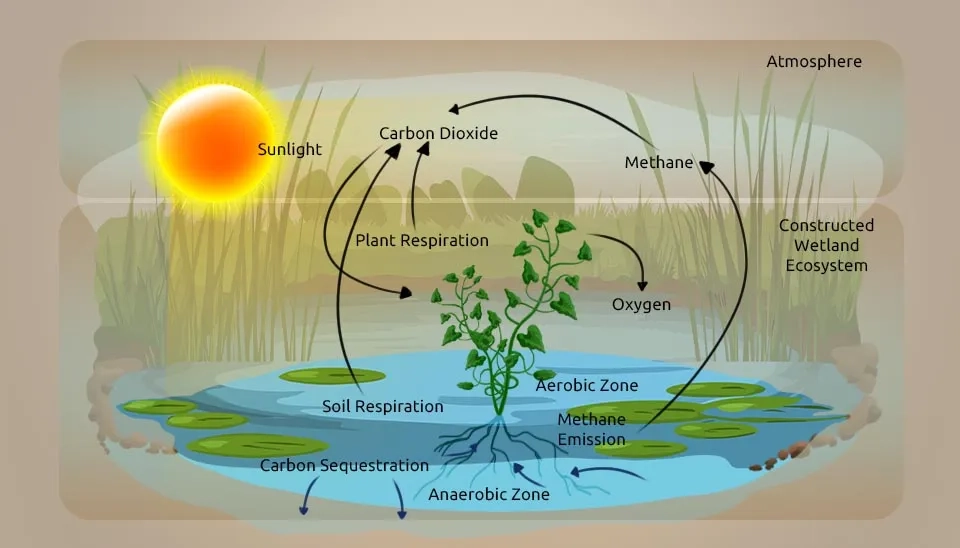
5. Non‑manipulative Approach to Promote Carbon Sequestration by Wetlands
This approach mainly focuses on the wetland itself, prioritizing the need to protect existing wetlands, restore degraded wetlands, and create new wetlands to enhance carbon sequestration. The latest protocol of prioritization underscores that successive approaches to wetland restoration and creation should involve consideration of scientific and technical issues, including biogeochemistry, hydrogeography, and morphology, as well as evaluating socio-economic aspects (Comín et al. 2014).
5.1. Wetland Protection
According to global wetland inventories, there is a decreasing trend of natural wetland areas globally. A study conducted by Davidson (2014) revealed an average wetland area loss of 56.3% in Europe and 56.0% in North America, with global loss averaging between 54 and 57% since 1900 AD. Therefore, several studies have suggested natural wetlands protection as an essential factor in promoting carbon sequestration (Villa and Bernal, 2017; Yu et al., 2012; Zhang et al., 2015). Different ecosystem services, especially carbon sequestration, provided by natural wetlands are very sensitive to land use change, so it is important to safeguard and protect natural wetlands from human disturbances that can affect the vegetation, hydrological, and soil regimes.
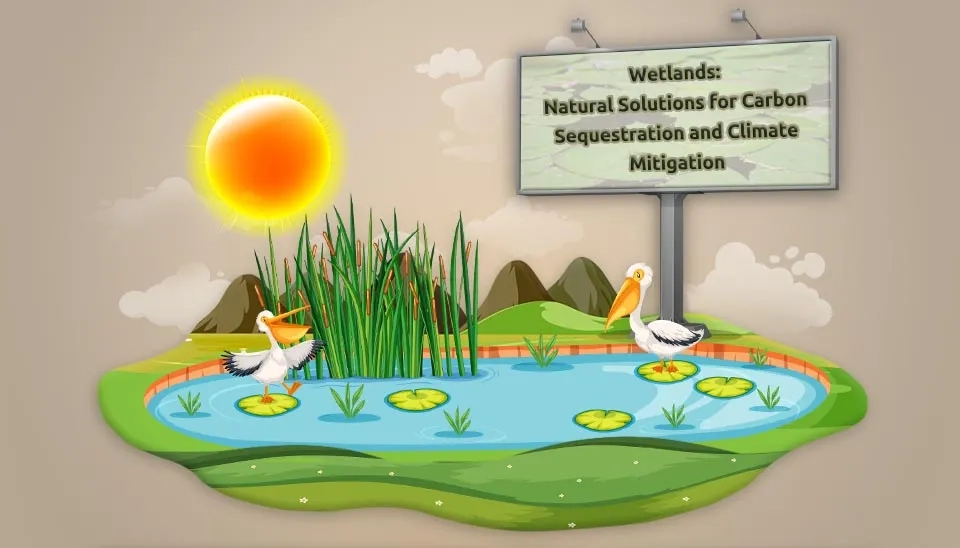
Howe et al. (2009) compared carbon stocks in both natural and disturbed Australian wetlands and found that natural wetlands could store between 15-50% more carbon than disturbed ones. In addition, according to global research done by Villa and Bernal (2017), natural wetlands store about 400 Pg carbon in the top 1 m of soil, higher than any biome. Another study compared the CH4 emission rates between a created and natural freshwater wetland in Ohio, USA, showing higher emission rates (21.5 mg CH4 m-2 h-1) than the created wetland (13.5 mg CH4 m-2 h-1) (Sha et al., 2011; Were et al., 2019).
5.2. Wetland Restoration
There is a large potential to sequester carbon and help mitigate greenhouse gas emissions through wetland restoration. Developing a wetland restoration protocol based on carbon sequestration could help meet wetland habitat goals while providing several environmental benefits, such as nutrient abatement, flood and drought mitigation, and increased biodiversity (Badiou et al., 2011). Degraded or lost wetlands and their lost functions (especially carbon sequestration) could be brought back through restoration programs. In one study, it was found that an average of 400 g C mm-2 y-1sequestration rate was achieved after the restoration of drained European wetlands (Lamers et al., 2015), which was higher than the 0.1-1.0 t C ha-1 year-1 observed by Freibauer et al. (2004). A carbon stock comparison between a restored wetland and two unrestored wetlands (sedge meadow and marsh) in Illinois, USA, showed that only 3 years after restoration, the carbon stock of the restored wetland was 25% and 45% higher than the carbon stock of sedge meadow and marsh wetland, respectively (Chen et al., 2017). These studies show the importance of wetland restoration and how it can enhance carbon sequestration. For this reason, managers, scientists, and policymakers in developed countries, including North America, Europe, Australia, and parts of Asia have been focusing on restoration efforts (Were et al., 2019).
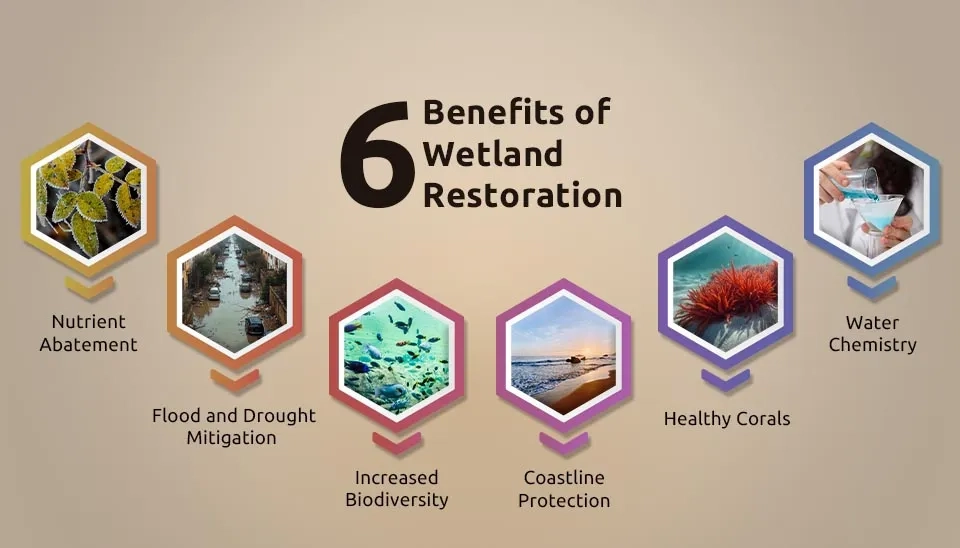
5.3. Wetland Creation
Wetland creation is highly recommended to help the function of existing or lost wetlands. According to Mitsch et al. (2013), to enhance the net carbon sequestration by North American wetlands, it is necessary to create new wetlands. It was found that created wetlands have CH4 emission rates lower than natural wetlands. In another study, authors showed that 15 years after creation, the carbon sequestration rate (219–267 g C m-2 year-1of two created wetlands in Ohio, USA, was significantly higher than that of a natural wetland (140 ± 16 g C m-2 year-1).
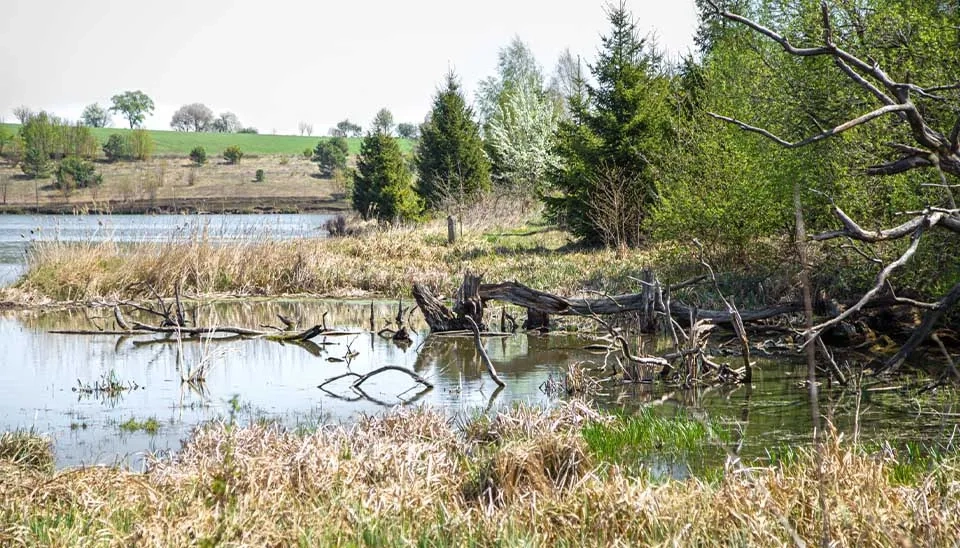
In addition, created wetlands, also referred to as constructed wetlands, have been traditionally used for wastewater treatment. In Europe and the USA, about 5000 and 4000 wetlands have been built for wastewater treatment (Yoon, 2009). Since created wetlands have a smaller water column compared to natural wetlands with stagnant water and larger sediments, they are better alternatives for carbon sequestration (Chen et al., 2017; Were et al., 2019).
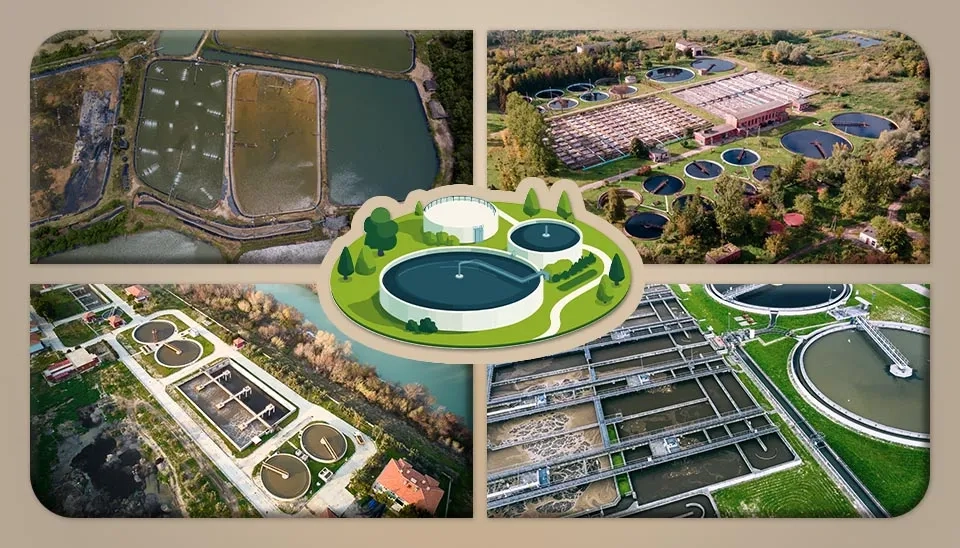
6. Manipulative Approach to Promote Carbon Sequestration by Wetlands
It is believed that organic matter decomposition highly influences and facilitates carbon release from wetlands. Therefore, there are a number of measures that can help prevent organic matter decomposition and promote carbon sequestration. These measures alter the characteristics of wetland components that are involved in organic matter decomposition and carbon sequestration. Enhancement of carbon storage by biotechnology through manipulation of soil microbes and vegetation is one of the approaches that could be applied (King, 2011; Post et al., 2004; Trivedi et al., 2013). Another approach is biochar addition to wetland peat soils, which could help to reduce greenhouse gas emissions. The use of biochar could maximize ecosystem services like carbon sequestration (Keenan, 2016). Soil fertilization through adding nutrients can also enhance carbon sequestration. According to some studies, the justification for enhancing carbon sequestration through the use of fertilizers could be used for altered agricultural wetlands (Nath et al., 2016). Some studies have suggested the use of humic acids in the soil to increase the resistance time of carbon and the subsequent carbon sequestration (Spaccini et al., 2002; Were et al., 2019).
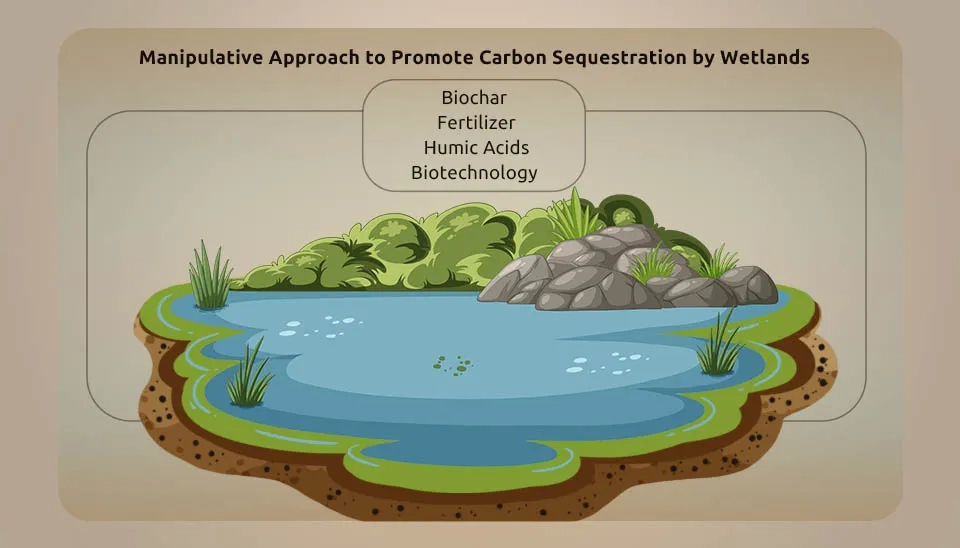
7. Conclusion
Carbon sequestration is known to be one of the most important ecosystem services provided by wetlands and can be considered as a strategy for climate change adaptation. Therefore, their ability to sequester carbon is being considered in national greenhouse gas emissions assessments and private initiatives. However, due to human disturbance, wetlands’ carbon sequestration potential has reduced in recent years and it is expected to reduce even more under global population growth and climate change scenarios. Several studies have recommended managers, policymakers, and practitioners promote strategies that seek to enhance carbon sequestration by wetlands, which ultimately leads to global carbon balance and climate change mitigation. For example, wetland protection, restoration, creation, and manipulation of certain wetland components are some strategies that could enhance the carbon sequestration capacity of wetlands. In general, management efforts should mainly focus on protecting the existing natural wetlands.
